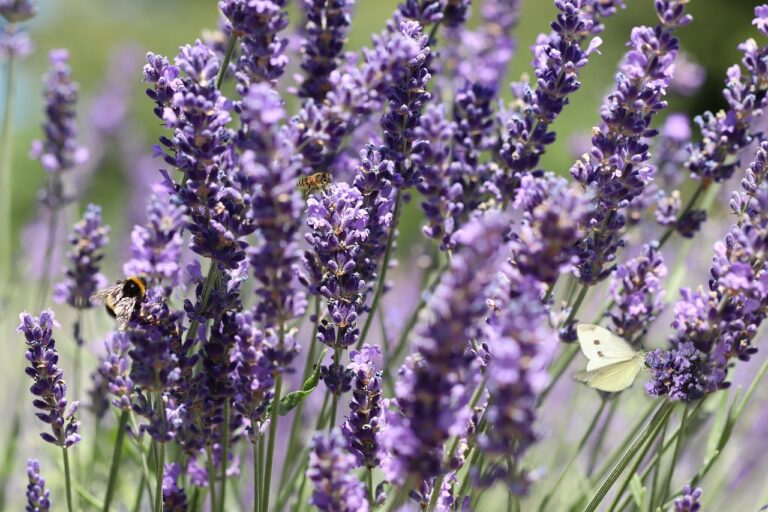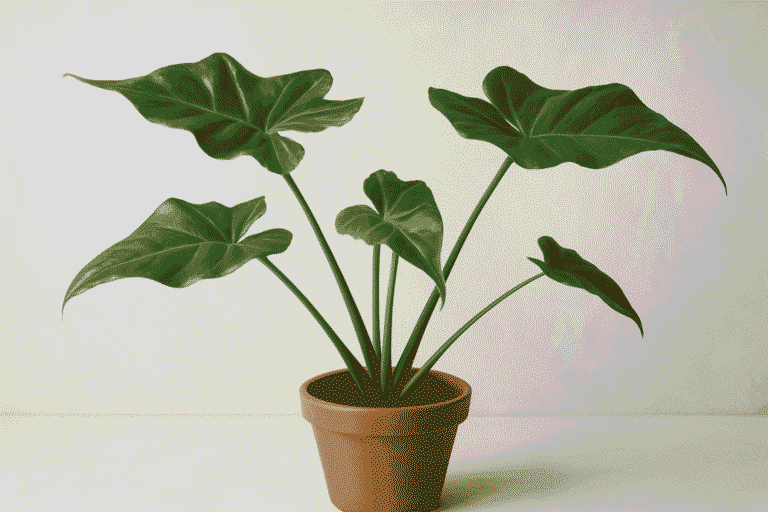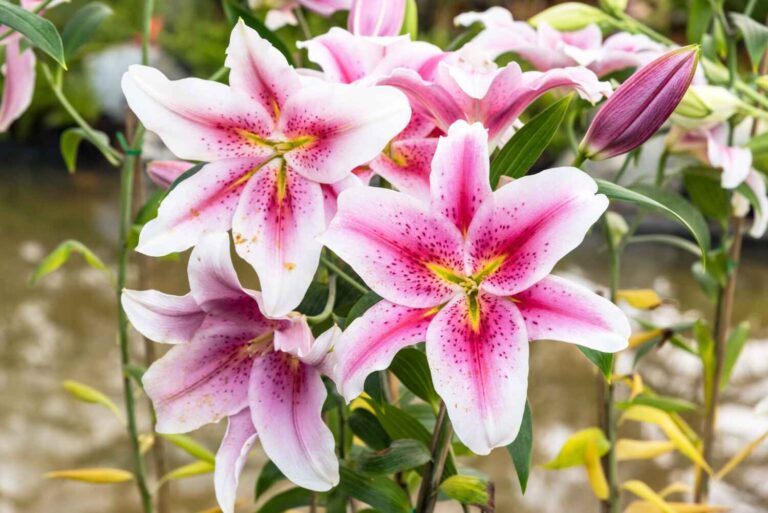Chocolate Tree
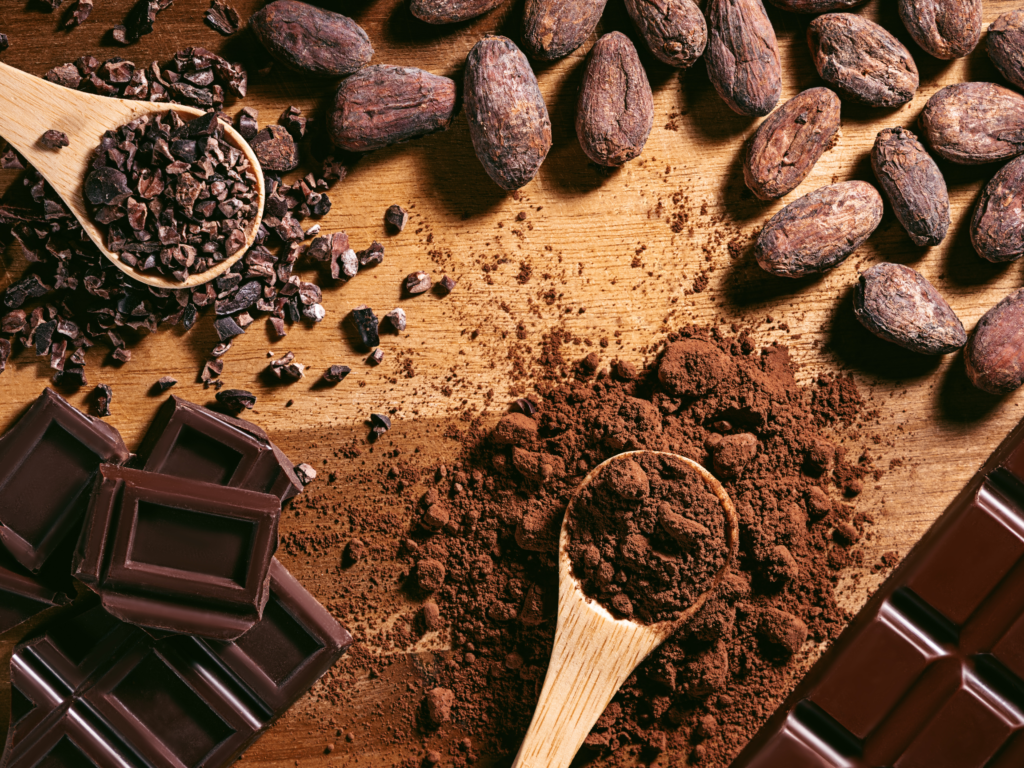
Chocolate Tree: Do you know where chocolates came from? Well, I am here to share my thoughts on this topic with the readers. The tree magically gives birth to this wondrous tree, and people around the world know it simply as Theobroma cacao. This wonder tree houses the most important ingredient that becomes chocolate: the cacao bean. These are highly prized for not only tasty products but also because they carry a cultural and monetary importance in Central and South America’s tropical areas. If you’re a chocolate lover or a gardening enthusiast, learning about the chocolate tree can be both fun and inspiring. In this post, we’ll explore what makes the chocolate tree so special and why it’s worth celebrating.
Chocolate Tree
It is a small, evergreen tree that grows well under warm and humid conditions. Typically, the chocolate tree grows under other tall trees in the rainforest and reaches a height of 15 to 25 feet. Its botanical name, Theobroma cacao, translates to “food of the gods.” This name indeed summarizes the essence of the tree in earlier civilizations. Moreover, the colorful pods that the chocolate tree produces contain cacao beans, which are fermented, dried, and processed to produce the chocolate we all love.
What’s more, the most interesting thing about the chocolate tree is its flowers and fruits. The tree flowers throughout the year, with very small star-shaped flowers growing directly from the trunk and branches. Eventually, the flowers grow into cacao pods, which can be colored green, yellow, orange, or red, depending on the ripening process. Each pod, in turn, contains 20 to 50 cacao beans covered with a sweet, sticky pulp.
The History of the Chocolate Tree

It has history going back thousands of years. The ancient Mayans and Aztecs cultivated the The chocolate tree; the Aztecs considered cacao to be a sacred plant. They used cacao beans for a bitter drink mixed with spices and even used them as currency. And there it was, the chocolate tree, when European explorers brought cacao to the world in the 16th century. Today it’s one of the most delicious things on earth and it all starts with this tree.
The Chocolate Mint Tree
Ever heard of the chocolate mint tree? This lovely plant is not a tree at all but a special variety of mint that smells like chocolate. Scientifically known as Mentha x piperita ‘Chocolate’, the chocolate mint plant is a hybrid mint with dark green leaves and a scent that’s minty fresh with a hint of cocoa. It’s a favorite among gardeners and cooks alike for its versatility and charm. Add to your garden or kitchen, chocolate mint tree is a great idea. The flavor and aroma of chocolate mint and its easy going nature makes it one of the most loved among plant enthusiasts. It’s a great addition to your recipes, makes everything taste better and delicious. You can enjoy the fragrance through it. Start growing your own chocolate mint today and enjoy the fun of this herb!
What Makes the Chocolate Mint Tree Special?

The chocolate mint tree is a quick growing perennial herb perfect for beginners and experienced gardeners alike. The chocolate mint scent comes from the essential oils in the leaves which are more pronounced when the leaves are crushed or bruised. This is a great addition to gardens, patios and even indoor spaces. The foliage and fast growth make it a great ground cover or potted plant.
Uses of the Chocolate Mint Tree
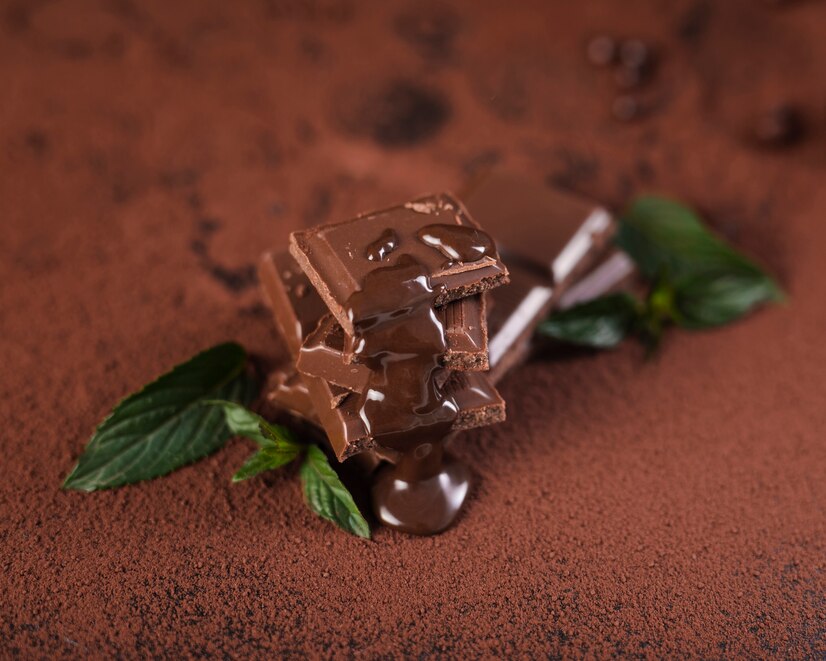
This has uses beyond its ornamental value. The leaves of the chocolate mint tree are used in teas, desserts and beverages, add a twist to recipes. You can use the leaves as a garnish for cakes, ice creams or cocktails. The fragrant leaves make it a natural for homemade potpourri or essential oil blends.
In the garden it repels insects. The scent is strong. Good companion plant for veggies and flowers.
Cocoa Seeds
Cocoa seeds, also known as cacao beans, are the tiny powerhouses that give us chocolate. These seeds come from the Theobroma cacao tree, a tropical plant that thrives in warm, humid climates. In this article, we’ll explore what cocoa seeds are, how they’re processed, their health benefits, and their various uses.
What Are Cocoa Seeds?
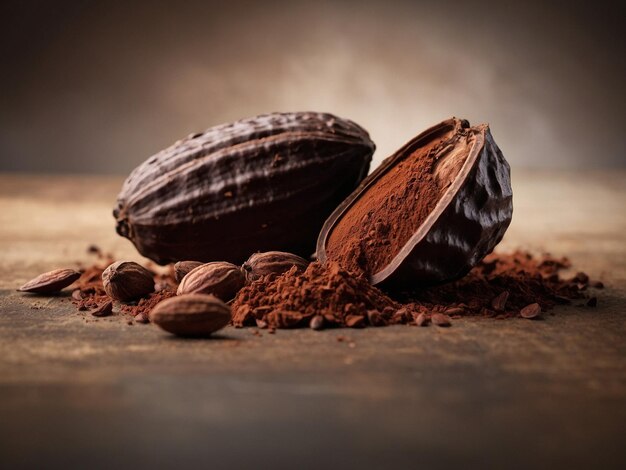
Inside a pod or sometimes several pods, cocoa fruit contains many seeds, 20 to 60 in number. The pulp inside is sweet white along with these seeds. Those are the raw materials to develop chocolate and other things coming from cocoa. Undeniably, they cannot have this special chocolate flavor when fresh and raw. However, their value is in its chocolate.
How Are Cocoa Seeds Collected?

Mature cocoa pods have seeds extracted from them. The farmer cuts the pods from the tree using sharp tools and opens them to extract the seeds and pulp. The seeds are scooped out and taken through an important process called fermentation.
Uses of the Chocolate Mint Tree

Fermentation:
To begin with, after harvesting, the seeds are fermented for 5–7 days. This crucial step develops the flavor that will later become chocolate.
Drying:
After fermentation is complete, the seeds are placed directly under the sun to dry. This process eliminates moisture and, as a result, makes the seeds ready for storage or roasting.
Roasting:
Next, the flavor and smell of cocoa seeds are intensified by roasting. During this stage, the seeds truly start to develop the rich chocolatey flavor that we all enjoy today.
Grinding:
Finally, once the seeds are roasted, they are ground into a paste called cocoa liquor. This thick paste is essential and can be further used to make various types of cocoa powder, cocoa butter, and chocolate.
How to Grow a Cocoa Tree from Seed
Very rewarding indeed to gardening enthusiasts and chocolate lovers, as it can be planted starting from seeds and nurtured from there. Growing cocoa trees is a very long and specific process regarding the conditions that need to be met, but the wait is worth it all since nurturing the plant from seed into a tree is quite fulfilling. Here is a step-by-step guide for you to start planting.

1. Collect Fresh Cocoa Seeds
First, gather fresh cocoa seeds from mature cacao pods. These seeds are key because their viability drops quickly once they’re removed from the pod. If, however, you can’t find pods, don’t worry — you can easily get fresh seeds from specialty gardening suppliers.
2. Prepare the Seeds
Next, gently rinse the seeds to remove any sticky pulp. After that, soak them in warm water for 24 hours. This will soften the seed coat and help speed up the germination process.
3. Prepare the Ideal Conditions for Growth
Once the seeds are ready, it’s time to focus on the growing conditions. Plant them about an inch deep in a pot filled with rich, well-draining soil. Be sure the tapered end of the seed is exposed to light. To maintain the necessary humidity, cover the pot with a plastic bag or humidity dome. Additionally, check the soil daily, but avoid letting it become waterlogged.
4. Planting and Seedling Phase
After 1–4 weeks, you should see the seedlings start to emerge. Once they do, remove the cover and move the pot into bright, indirect light. Meanwhile, keep the soil moist, but not soaked.
5. Transplantation and Long-term Nursery Stage
Finally, when the seedlings reach 6 to 12 inches, transplant them into larger pots or directly into the field. Cocoa thrives best in partial shade, rich soil, and a little extra humidity.
Cocoa Fruit
Cacao pods, also known as Cocoa fruit, is the source of one of the world’s most loved treats: chocolate! The fruit comes from the Theobroma cacao tree, which thrives in tropical climates. In this article, we’ll explore what cocoa fruit is, what it looks like, how it grows, and its uses.
What is Cocoa Fruit?

It is an oval-shaped pod that contains the seeds (commonly called cocoa beans) used to make chocolate. Interestingly, these pods grow directly on the trunk and branches of the cacao tree. On average, a single tree can produce around 20–50 pods per year. Inside each pod, you’ll find a white, sweet pulp that surrounds 20–60 seeds. While the seeds are the main ingredient for chocolate, the pulp, on the other hand, is also edible and often used in drinks or desserts.
What is Cocoa Fruit?

They grows in tropical regions near the equator, where the climate is warm and humid it is best for Cocoa fruit. The major cocoa-producing countries include Ivory Coast, Ghana, Indonesia, and Brazil. These trees thrive in shaded areas under taller trees, mimicking the natural rainforest canopy.
How Is Cocoa Fruit Used?

The seeds of the cocoa fruit are fermented, dried, roasted, and ground to make cocoa powder, cocoa butter, and chocolate. Beyond chocolate, the white pulp surrounding the seeds is a hidden gem. It can be eaten fresh, fermented to make alcoholic beverages, or used in syrups and smoothies.
How to Grow Cocoa Plants?
The Cocoa plants, which are scientifically classified as Theobroma cacao, are tropical trees. Typically, they grow wonderfully in the warm and moist regions of Central and South America. If, on the other hand, one enjoys making chocolate at home or simply wants to add a tropical touch to their garden, then growing cocoa plants can be an incredibly rewarding experience. To help you get started, the step-by-step guide below will walk you through everything you need to know for growing these plants successfully.

1. Select the Best Environment
To start, cocoa plants thrive in warm, humid environments. They grow best between 65–90°F (18–32°C) and prefer partial shade, as they’re not frost-tolerant.
2. Prepare the Soil
Once you’ve got your seeds or seedlings, focus on the soil. Cocoa trees prefer fertile, well-draining soil with a pH between 6.0 and 7.0. Adding compost or organic matter will enhance nutrient content.
3. Plant Seeds or Seedlings
Now, plant your seeds about an inch deep in moist soil, leaving enough space for growth. For seedlings, keep them at the same depth as they were in the nursery and water them well right after planting.
4. Water and Humidity
As your plants grow, water them moderately — keeping the soil moist but not waterlogged. If growing indoors, maintain humidity above 70% by misting or using a humidifier.
5. Fertilize
During the growing season, feed your plants every 4–6 weeks with a balanced fertilizer. Organic alternatives, like compost tea or worm castings, are also excellent for promoting growth.
Fun Facts About Cocoa Seeds
1. It takes about 40 cocoa seeds to make one bar of chocolate
2. Raw cocoa seeds taste bitter and not sweet in any way before fermentation and processing.
3. The primary ingredients of chocolates are in the form of tiny cocoa seeds, that bring in fantastic flavor, along with tremendous health advantages.
Fun Facts About Cocoa Fruit
1. It takes about 400 cocoa beans to make one pound of chocolate.
2. The word “Theobroma” means “food of the gods,” highlighting the cultural and historical significance of cocoa.
3. The sweet pulp of cocoa fruit is also a favorite snack for animals like monkeys and squirrels.
Frequently Asked Questions
Yes, chocolate trees can grow in India’s tropical regions like Kerala, Karnataka, and Tamil Nadu.
A chocolate tree typically grows 13–26 feet (4–8 meters) tall.
Chocolate is made from the cacao tree (Theobroma cacao).
Cocoa fruit is rich in antioxidants, improves heart health, boosts mood, supports brain function, and provides essential nutrients like magnesium and potassium.
Yes, cocoa fruit pulp contains natural sugars, which give it a sweet and tangy taste.
Yes, raw cacao seeds are safe to eat, but they have a bitter taste and should be consumed in moderation as they contain caffeine and theobromine.
Yes, cocoa can be grown from seeds, but they need to be fresh and planted in warm, humid conditions for successful germination.
Table of Contents
- Chocolate Tree
- Chocolate Tree
- The History of the Chocolate Tree
- The Chocolate Mint Tree
- What Makes the Chocolate Mint Tree Special?
- Uses of the Chocolate Mint Tree
- Cocoa Seeds
- What Are Cocoa Seeds?
- How Are Cocoa Seeds Collected?
- Uses of the Chocolate Mint Tree
- How to Grow a Cocoa Tree from Seed
- Cocoa Fruit
- What is Cocoa Fruit?
- What is Cocoa Fruit?
- How Is Cocoa Fruit Used?
- How to Grow Cocoa Plants?
- Fun Facts About Cocoa Seeds
- Fun Facts About Cocoa Fruit
- Mona Lavender Plant: Complete Growing Guide for Beginners
- Alocasia Stingray Plant Guide: Tips for Healthy Growth
- Pink Lilly Flower: Growing and Caring for Pink Lillies

